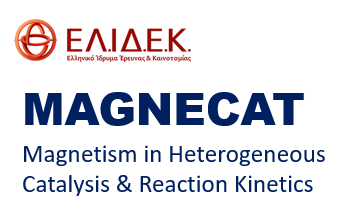
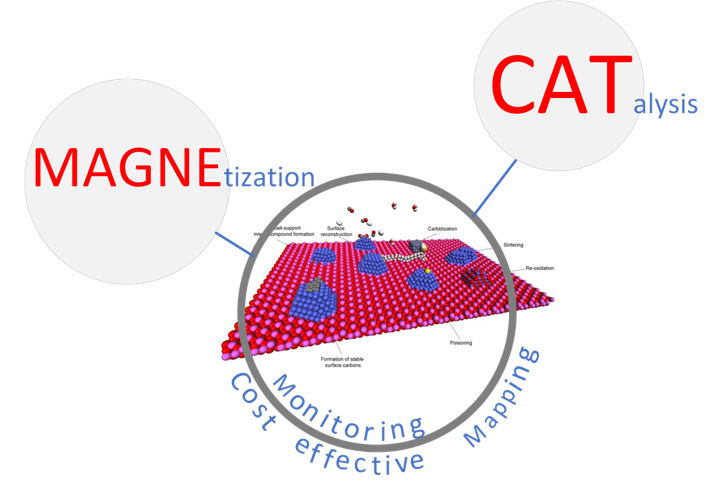
Its main objective is to measure magnetic fields generated inside working catalytic reactors.
Hellenic Mediterranean University (HMU) is hosting the action.
MagneCat is a two-year project with a budget of 200K€ for the support of young academics (similar to the YFT).
What?
The objective of MagneCat is to combine catalysis science and technology with the technology of evaluating small magnetic fields for space applications. This will allow us to probe the birth and death of magnetic phases inside working catalytic reactors.
Why?
Probe and decouple complex deactivation mechanisms of catalysts.
More than 80% of the chemical products used today pass from at least one catalytic process
Catalyst deactivation is often the limiting factor for technologies reaching the commercial scale
Several mechanisms interplay and therefore there is a need for advanced materials characterization studies applied in situ or operando
Today these studies are conducted by utilizing advanced electromagnetic radiation at synchrotron electron accelerators
Where?
Initially at bench scale reactors.
Prof. Yentekakis’ Lab. @ Technical University of Crete is offering reactor infrastructure.
Volumes from MFC to reactor and from reactor to detector
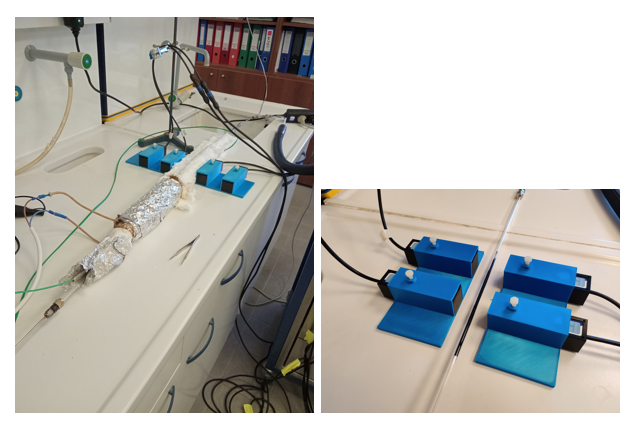
How?
By an array of fluxgate sensors monitoring magnetic fields generated and degenerated under cyclic reduction-oxidation processes.
Custom Algorithms Validated with Test Samples
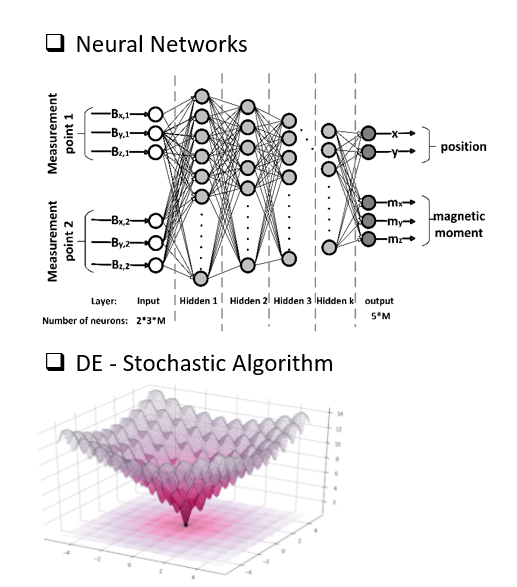
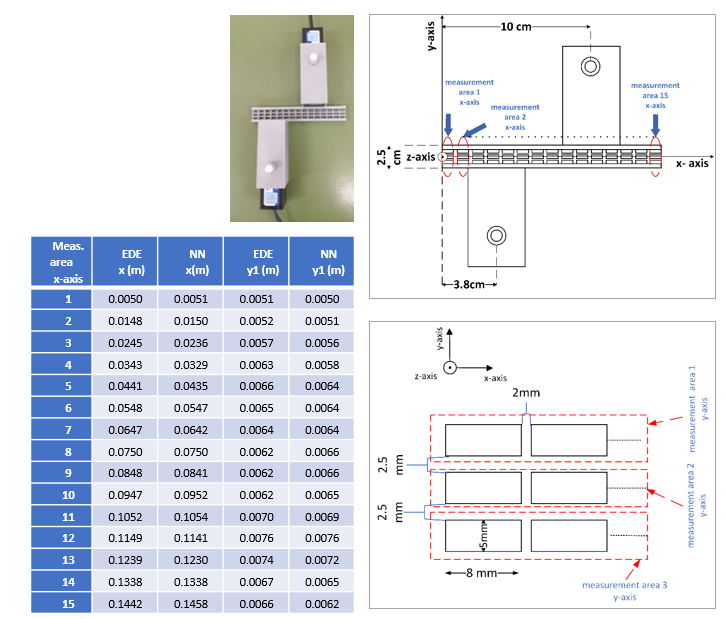
Find our pitch deck HERE
Scientific Results and research outcomes will be presented at the official MagneCat WORKSHOP
The project is carried out within the framework of the National Recovery and Resilience Plan Greece 2.0, funded by the European Union – NextGenerationEU (Implementation Body: HFRI)

